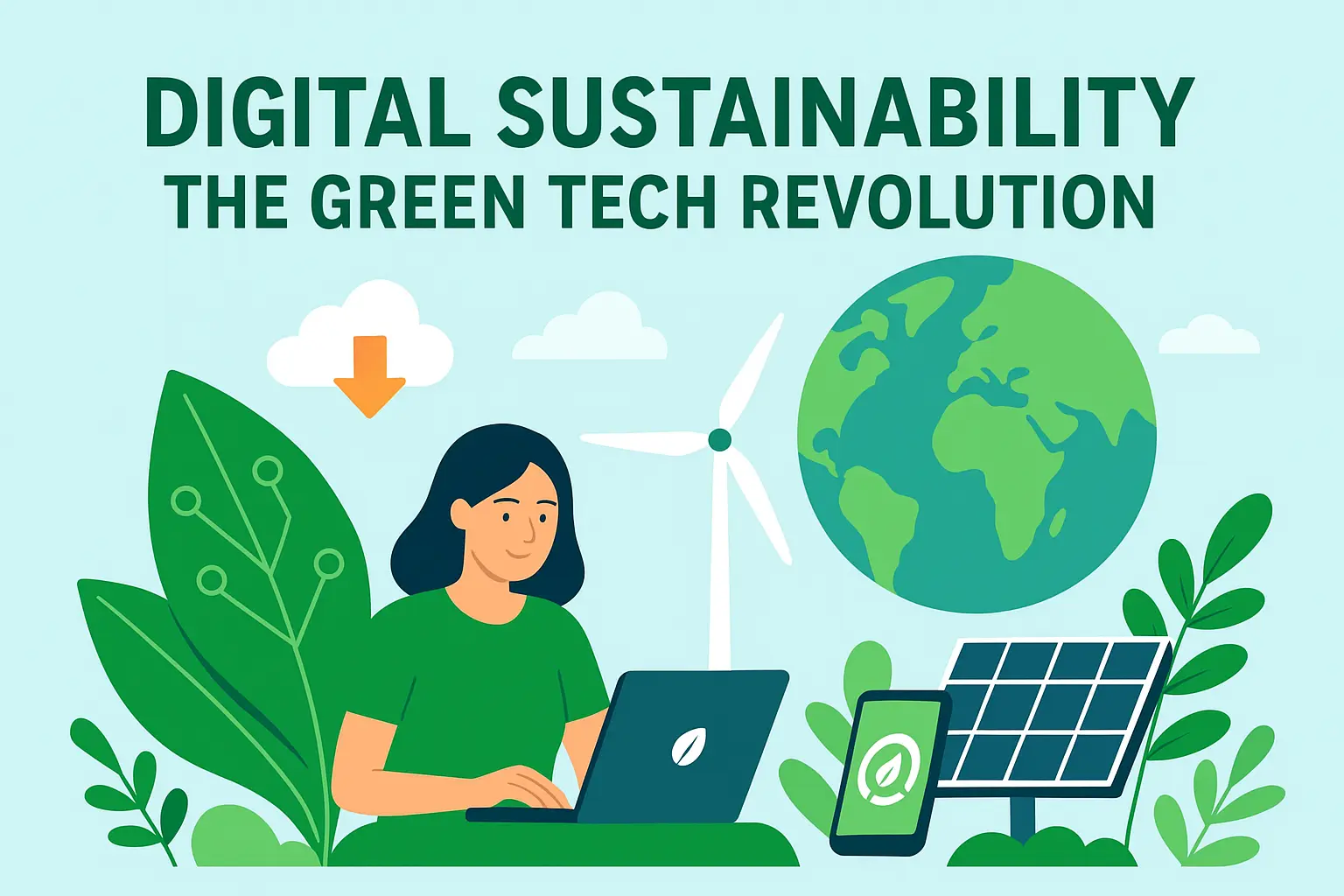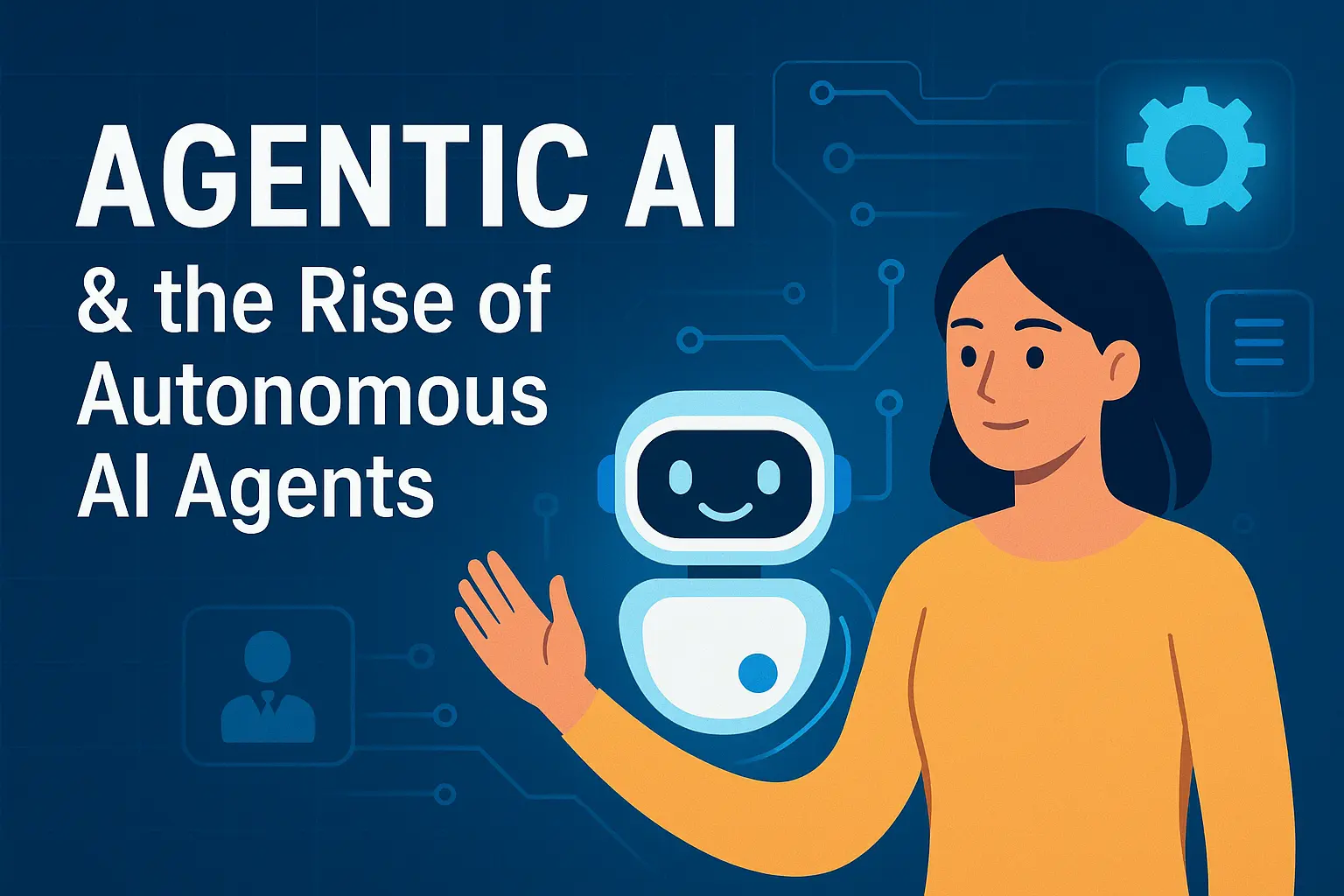
The conversation around climate change is no longer limited to governments and activists — it’s now central to businesses, consumers, and investors. In 2025, digital sustainability is becoming one of the most powerful movements shaping industries. It refers to using technology not just for efficiency or profit, but for reducing carbon footprints, optimizing energy, and enabling a green tech revolution that can drive both economic growth and environmental responsibility.
What is Digital Sustainability?
Digital sustainability means leveraging digital tools, data, and innovation to create environmentally responsible outcomes. It blends technology with eco-conscious practices, focusing on:
Reducing energy consumption
Minimizing e-waste
Promoting circular economy models
Using data for carbon tracking and reporting
Designing greener products and services
The Green Tech Revolution in Action
Energy-Efficient Data Centers
Tech giants like Google and Microsoft are building carbon-neutral or even carbon-negative data centers.
Use of liquid cooling, renewable energy sourcing, and AI-driven power optimization reduces energy demand.
Smart Grids & Renewable Integration
Digital technology enables smart grids that balance supply and demand for clean energy sources like solar and wind.
AI predicts demand spikes and optimizes distribution, cutting waste.
Blockchain for Sustainability
Blockchain tracks supply chains for transparency and accountability (e.g., ensuring raw materials are ethically sourced).
Carbon credit trading platforms are being built on blockchain to fight greenwashing.
Circular Economy Platforms
Companies now use digital platforms for recycling, re-use, and second-life management of products.
Example: Smartphone buy-back and refurbish programs powered by AI inspection.
IoT & Smart Cities
Sensors and IoT devices monitor air quality, traffic, and waste management.
Smart buildings use real-time energy tracking to cut down electricity use.
Why It Matters in 2025
Consumer Demand: Eco-conscious Gen Z and Millennials demand brands with a sustainability commitment.
Investor Pressure: ESG (Environmental, Social, Governance) metrics influence investment decisions.
Regulatory Push: Governments worldwide now enforce stricter emissions reporting and renewable energy targets.
Competitive Advantage: Companies leading in green tech gain market trust and long-term cost savings.
Challenges to Overcome
Greenwashing Risk: Some companies overstate their eco-impact — transparency and audits are vital.
High Initial Costs: Transitioning to green tech requires capital investment.
Digital Divide: Not all regions have equal access to sustainable technologies.
E-Waste Problem: Even with green tech, disposal of outdated hardware remains a huge challenge.
Future Outlook
By 2030, experts predict:
95% of data centers will use renewable energy.
AI will cut global industrial energy use by up to 15%.
Green tech jobs will become one of the fastest-growing employment sectors.
Entire industries (finance, healthcare, manufacturing) will integrate digital sustainability as part of their DNA.
Conclusion
The Green Tech Revolution is not just about reducing harm — it’s about creating positive environmental value through digital innovation. Companies that adopt sustainable technology practices will not only safeguard the planet but also build resilient, future-proof businesses. In 2025, digital sustainability is no longer optional — it’s the blueprint for progress.
Related Posts

Agentic AI & the Rise of Autonomous AI Agents
Sep 30, 2025

